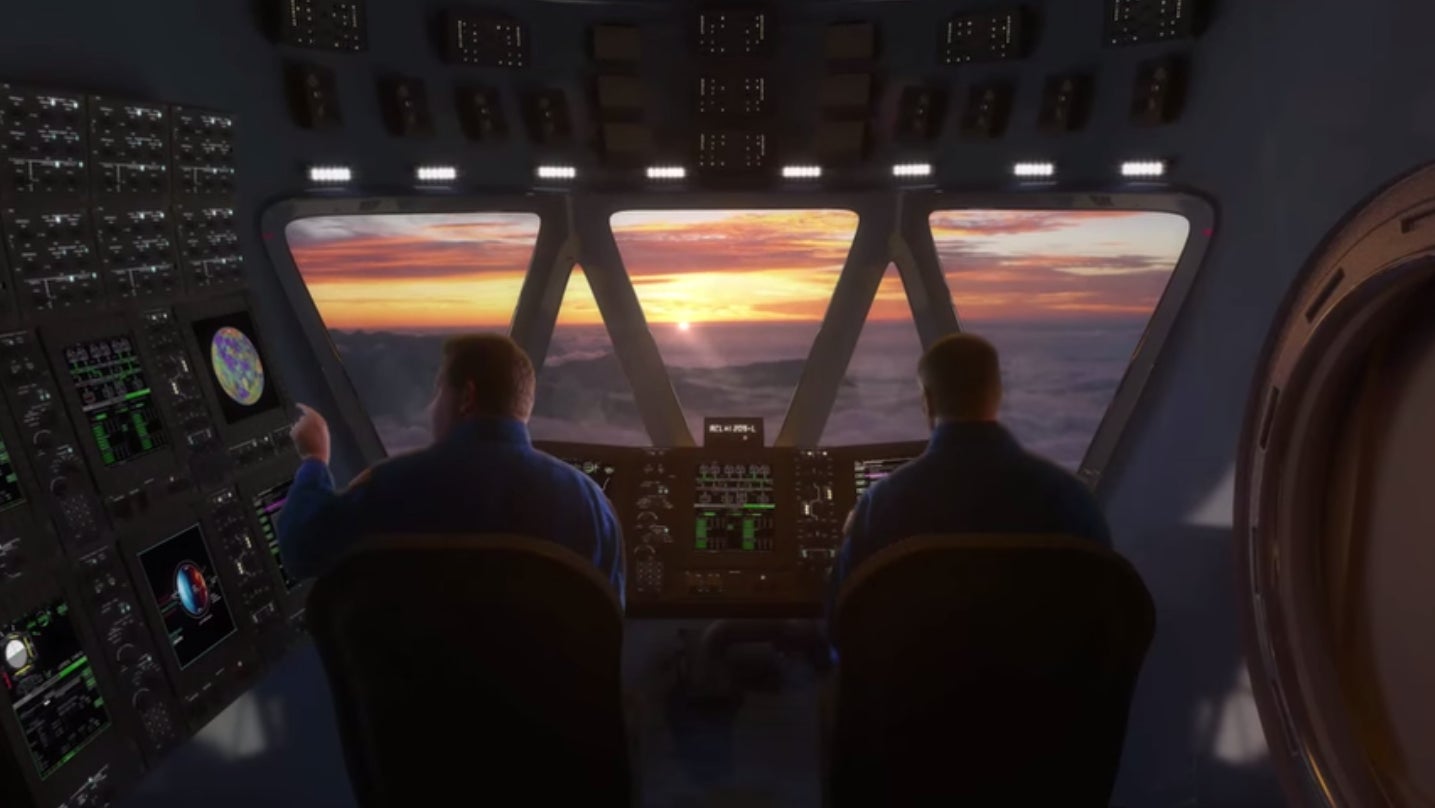NASA scientists want to colonize Venus with giant floating cities
The surface of Venus is like a much hotter version of Mordor. The average temperature is around 900 degrees F, atmospheric pressures are 90 times that of Earth’s, and it’s full of very active volcanoes.


The surface of Venus is like a much hotter version of Mordor. The average temperature is around 900 degrees F, atmospheric pressures are 90 times that of Earth’s, and it’s full of very active volcanoes.
But the Venusian sky is much more pleasant. So much so, that a team of scientists at NASA Langley Research Center believe it’s possible to send humans there—to live in large, blimp-like airships, and observe the planet from high above its surface. The ultimate goal of the High Altitude Venus Operational Concept, or HAVOC, is to establish a permanent colony of floating cities on our nearest planetary neighbor.
Watch for yourself:
The solar-powered, helium-filled airships would hover 30 miles above the surface. At that altitude, the pressure would be nearly the same as Earth’s at sea level. While it’s still really hot up there (about 160 degrees F), life inside the ships would be more comfortable for the astronauts.
The first phase of the proposal is to send a robot to do the dirty work. If that’s successful, a crewed mission would follow, to orbit the planet for 30 days in a regular spacecraft. If that’s successful, the airships would come into the picture: a crew would live in them for 30 days, floating around the planet’s atmosphere. The final phase would establish a permanent colony of floating cities above the surface of Venus.
NASA’s current plans are to focus on Mars. But a trip to Venus is a lot easier, and probably a lot less expensive. Chris Jones, a member of the HAVOC team, told IEEE Spectrum that a manned mission to Venus would be complementary to manned missions to Mars, not instead of them.
Dale Arney, another team member, said HAVOC could actually help with Mars exploration. “If you did Venus first, you could get a leg up on advancing those technologies and those capabilities ahead of doing a human-scale Mars mission,” he said. “It’s a chance to do a practice run, if you will, of going to Mars.”